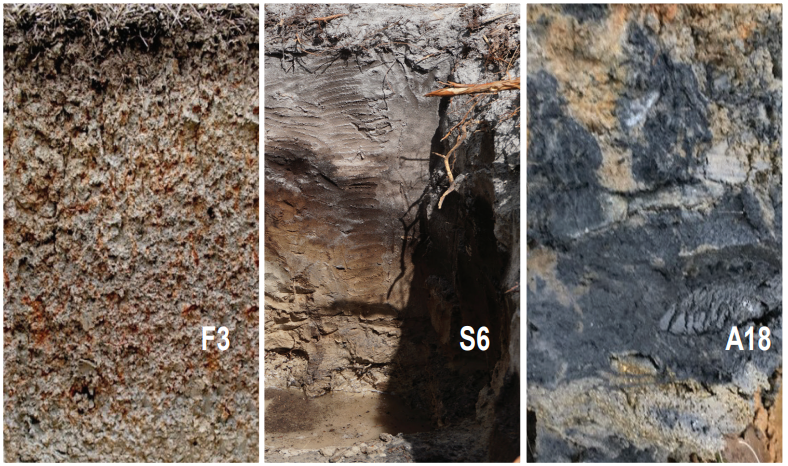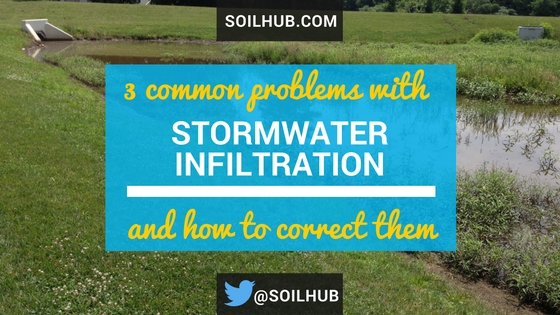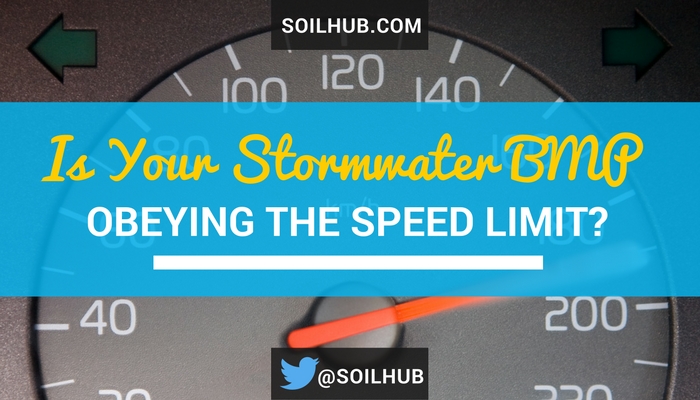Are You Guilty of a Hydric Soil Crime?

Let’s face it, using The Field Indicators of Hydric Soils in the United States can be confusing at times. There’s a seemingly endless list of letter and number combinations like F3 and A11, and terms like marl and polyvalue might not be in everyone’s day-to-day vocabulary. On top of all that, the verbiage that describes each indicator reads like it was written by nerdy soil scientists locked in a room together for days on end (Spoiler alert! It was). So once you’ve examined your soil, referenced your soil science-to-English dictionary a half dozen times, and seemingly found an indicator the soil properties match you breathe a sigh of relief and take a brief mental health moment before continuing on with your delineation duties. All is well in the world of hydric soils… except maybe it isn’t (cue sinister dun dun duhhh sound effect).
Based on unsubstantiated, quasi-scientific, anecdotal observations by me, you might be one of many people who miss checking a very important, but often overlooked, part of the hydric soil indicators. And if you are, you might be sent to Hydric Soil Jail, which is a disturbing place where you spend your days locked in a room with soil scientists reading Soil Taxonomy to you. When you’re finally released, you start repeating nonsensical things like Quartzipsamment and Fragiaqualf to your friends and family. It’s not a pretty sight. Fear not! There is a way to avoid this horrific set of events.
In the beginning of each indicator section there is an opening paragraph that describes a near-universal requirement of soil layers above any layers that meet specific indicators. This information can also be found in the front of the Field Indicators book under General Guidance for Using the Indicators. It reads:
All mineral layers above any layers meeting the requirements of any indicator(s), except for indicators A16, S6, S11, F8, F12, F19, F20, and F21, have a dominant chroma of 2 or less; or the thickness of the layer(s) with a dominant chroma of more than 2 is less than 15 cm (6 inches).
At this point some of you are like, “Geez, thanks for the tip, I knew that was there already.” The rest of you are frantically trying to remember if you’ve ever even seen this before and if so, did you actually remember to check to make sure the soil you were examining met this criteria. Wherever you sit on the spectrum, I encourage you to make sure you pull out your copy of the Field Indicators or open the Hydric Soil App and navigate to this information to make sure you’re not only meeting the requirements of a specific indicator, but also the requirements of the layers above those layers meeting an indicator. It may seem trivial, but it’s better than the alternative of having someone else question your determination.
If you haven’t downloaded our FREE app yet, it’s available for iOS and Android. You can click on the button below or you can go to the Apple App Store or Google Play Store and search “hydric soil”.
[button title=”Get the Hydric Soil Indicator Mobile App” link=”https://www.soilhub.com/hydric-soil-indicators/” new_tab=”yes” size=”large” color=”peter-river”]
Additionally, if you’d like a hard copy of the new version of The Field Indicators of Hydric Soils in the United States, you can order free copies from the NRCS. Just click on the button below. You can also view the electronic PDF version by clicking on the “View Online PDF Version” button.
[button title=”Order Hardcopy” link=”https://nrcspad.sc.egov.usda.gov/DistributionCenter/product.aspx?ProductID=1323″ new_tab=”yes” size=”large” color=”peter-river”]
[button title=”View Online PDF Version” link=”https://nrcspad.sc.egov.usda.gov/DistributionCenter/pdf.aspx?productID=1323″ new_tab=”yes” size=”large” color=”peter-river”]






Responses